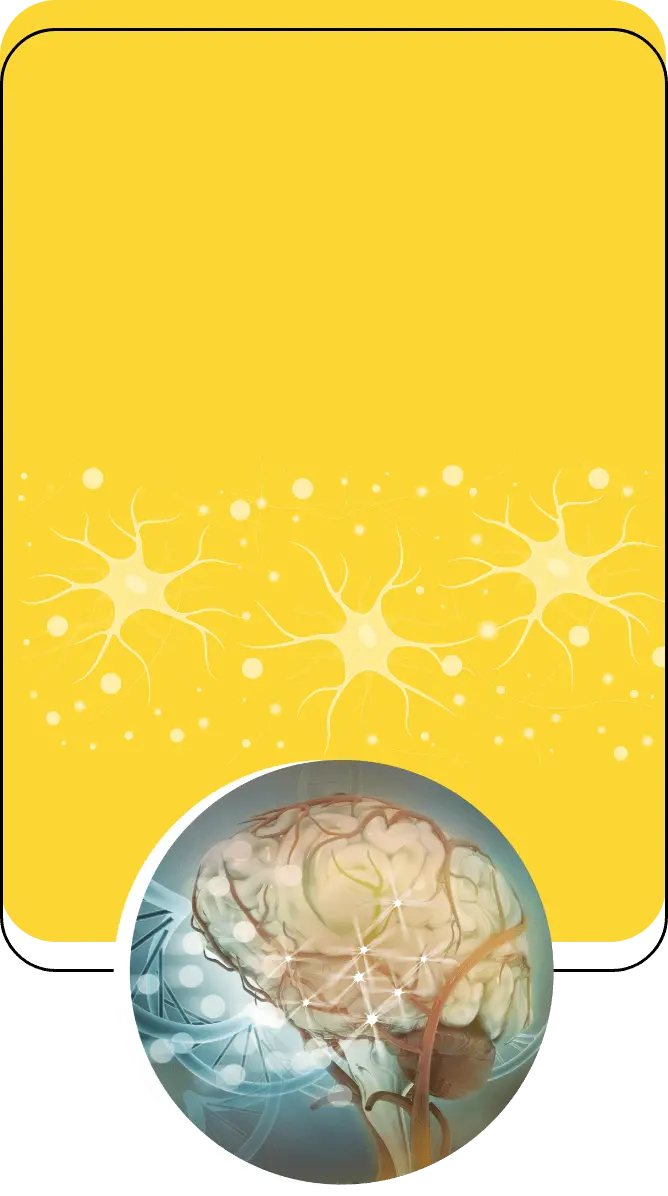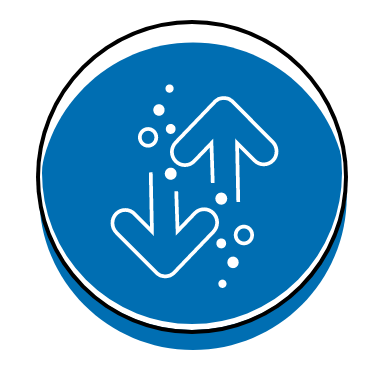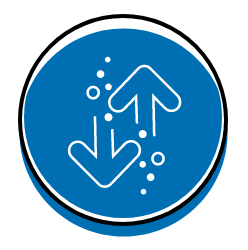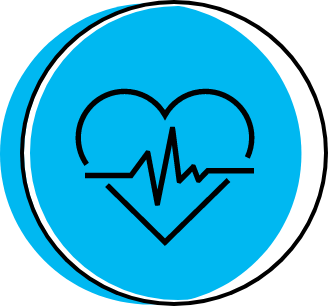Reduced brain dopamine activity in the morning potentiates SNS hyperactivity* and this neurophysiological state induces insulin resistance2-7
A UNIQUE COMPLEMENTARY APPROACH FOR T2DM1
Understanding the role of dopamine in your adult patients with T2DM
Associated signs of elevated SNS activity8
BPM=beats per minute; mm Hg=millimeters of mercury; mg/dL=milligrams per deciliter.
†The American Association of Clinical Endocrinology recommends that blood pressure control be individualized; however, a target of <130/80 mm Hg is appropriate for most patients.12


Morning administration of CYCLOSET®, as a D2 receptor agonist, helps improve insulin sensitivity and glucose disposal.1
A unique mechanism
of action1
CYCLOSET® offers a targeted mechanism of action as a complementary add-on therapy.1 CYCLOSET® is a go-to option in your treatment toolbox to help with your patient’s existing T2DM regimen.1
Patients should take CYCLOSET® once daily, in the morning with food, within 2 hours of waking up.1
Adult patients with T2DM who have adequate insulin production and potential signs of elevated SNS activity may benefit from CYCLOSET® as an adjunct to diet and exercise.1,14
T2DM=type 2 diabetes mellitus.
‡Based on a pharmacodynamic study of postprandial glucose (PPG) and insulin response to a meal.1
§CYCLOSET® is indicated as an adjunct to diet and exercise to improve glycemic control in adults with T2DM.1
||CYCLOSET® should not be used to treat type 1 diabetes or diabetic ketoacidosis. Limited efficacy data in combination with thiazolidinediones (TZDs).
Efficacy has not been confirmed in combination with insulin.1
¶CYCLOSET® should be taken orally once daily, in the morning, within 2 hours of waking, with food.1
INDICATION
CYCLOSET® (bromocriptine mesylate) 0.8 mg tablets is a dopamine receptor agonist indicated as an adjunct to diet and exercise to improve glycemic control in adults with type 2 diabetes mellitus.
LIMITATIONS OF USE
- CYCLOSET should not be used to treat type 1 diabetes or diabetic ketoacidosis.
- Limited efficacy data in combination with thiazolidinediones.
- Efficacy has not been confirmed in combination with insulin.
IMPORTANT SAFETY INFORMATION
Contraindications
CYCLOSET is contraindicated in:
- Patients with hypersensitivity to ergot-related drugs, bromocriptine or to any of the excipients in CYCLOSET.
- Patients with syncopal migraines. May precipitate hypotension.
- Postpartum patients. Serious and life-threatening adverse reactions have been reported.
- Lactating patients. CYCLOSET contains bromocriptine which inhibits lactation.
References: 1. CYCLOSET [prescribing information]. Tiverton, RI: VeroScience LLC; 2020. 2. Cincotta AH, Luo S, Liang Y. Hyperinsulinemia increases norepinephrine metabolism in the ventromedial hypothalamus of rats. Neuroreport. 2000;11(2):383-387. 3. Caravaggio F, Borlido C, Hahn M, et al. Reduced insulin sensitivity is related to less endogenous dopamine at D2/3 receptors in the ventral striatum of healthy nonobese humans. Int J Neuropsychopharmacol. 2015;18(7):pyv014. 4. Luo S, Zhang Y, Ezrokhi M, Li Y, Tsai TH, Cincotta AH. Circadian peak dopaminergic activity response at the biological clock pacemaker (suprachiasmatic nucleus) area mediates the metabolic responsiveness to a high-fat diet. J Neuroendocrinol. 2018;30(1):e12563. 5. Ter Horst KW, Lammers NM, Trinko R, et al. Striatal dopamine regulates systemic glucose metabolism in humans and mice. Sci Transl Med. 2018;10(442):eaar3752. 6. Raskin P, Cincotta AH. Bromocriptine-QR therapy for the management of type 2 diabetes mellitus: developmental basis and therapeutic profile summary. Expert Rev Endocrinol Metab. 2016;11(2):113-148. 7. Defronzo RA. Bromocriptine: a sympatholytic, D2-dopamine agonist for the treatment of type 2 diabetes. Diabetes Care. 2011;34(4):789-794. 8. Tentolouris N, Argyrakopoulou G, Katsilambros N. Perturbed autonomic nervous system function in metabolic syndrome. Neuromolecular Med. 2008;10(3):169-178. 9. Chamarthi B, Vinik A, Ezrokhi M, Cincotta AH. Circadian-timed quick-release bromocriptine lowers elevated resting heart rate in patients with type 2 diabetes mellitus. Endocrinol Diabetes Metab. 2020;3(1):e00101. 10. American Diabetes Association. Standards of care in diabetes—2023. Diabetes Care. 2023;46(Suppl. 1):S1-S291. 11. Valensi P. Autonomic nervous system activity changes in patients with hypertension and overweight: role and therapeutic implications. Cardiovasc Diabetol. 2021;20(1):170. 12. Garber AJ, Handelsman Y, Grunberger G, et al. Consensus statement by the American Association of Clinical Endocrinologists and American College of Endocrinology on the comprehensive type 2 diabetes management algorithm–2020 executive summary. Endocr Pract. 2020;26(1):107-139. 13. Approved drug products with therapeutic equivalence evaluations: 41st Ed. U.S. Department of Health and Human Services; 2021. 14. Cincotta AH, Meier AH, Cincotta M Jr. Bromocriptine improves glycaemic control and serum lipid profile in obese type 2 diabetic subjects: a new approach in the treatment of diabetes. Expert Opin Investig Drugs. 1999;8(10):1683-1707.








